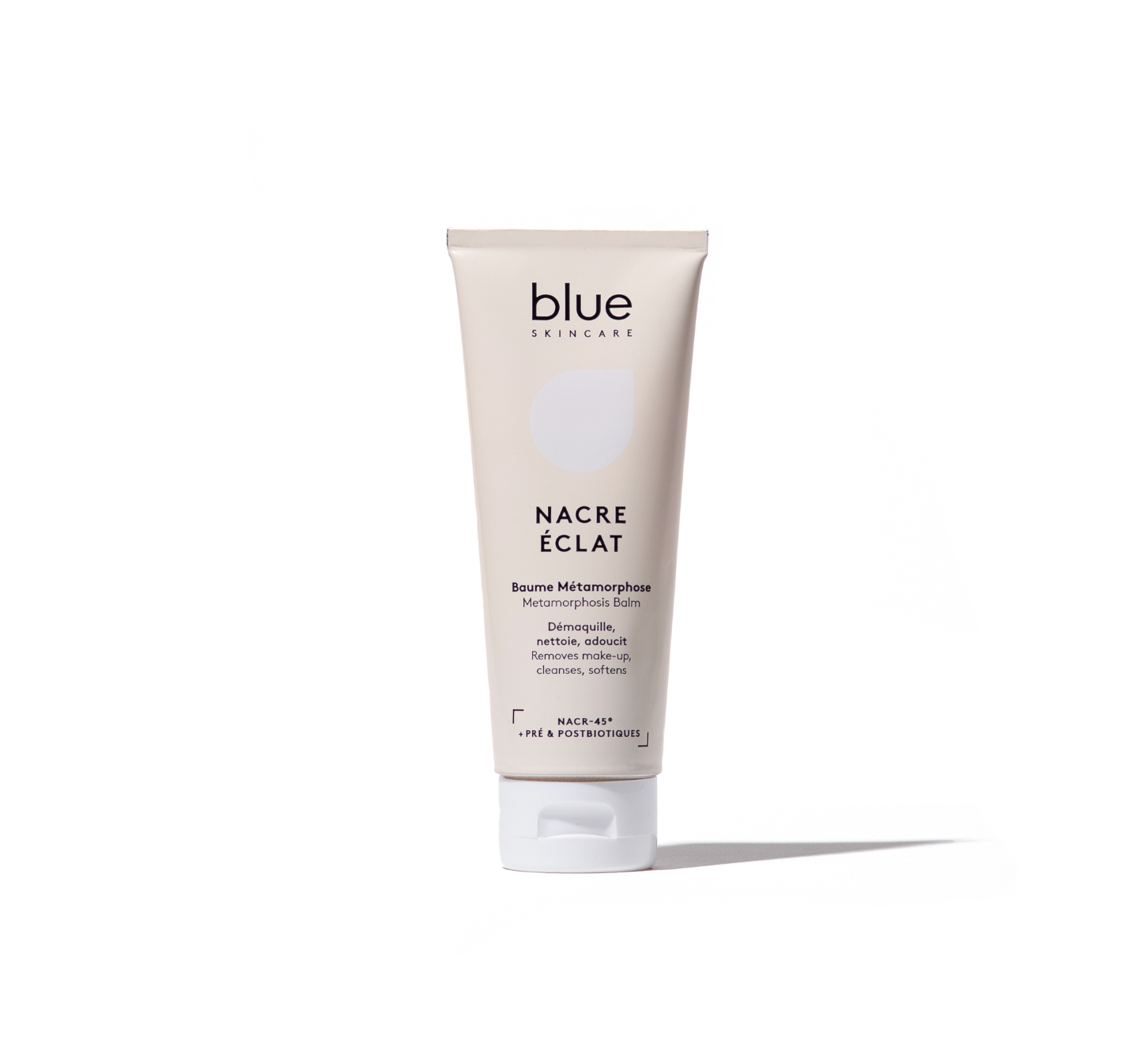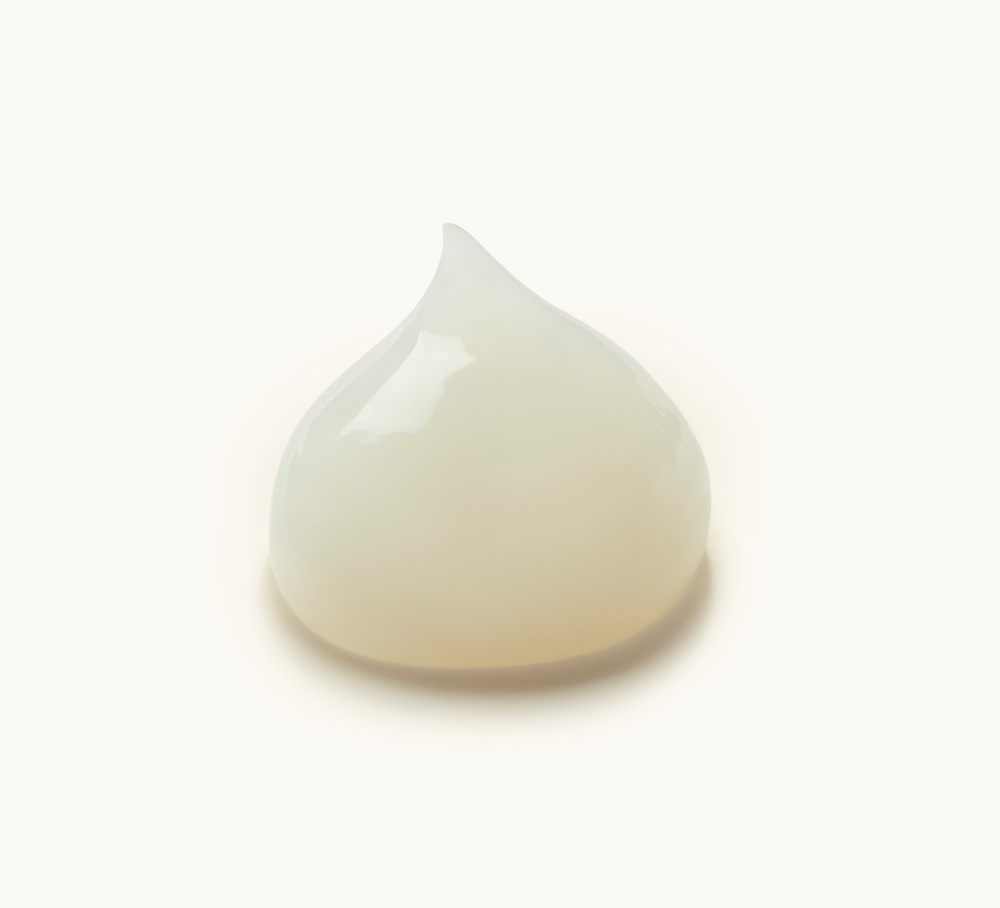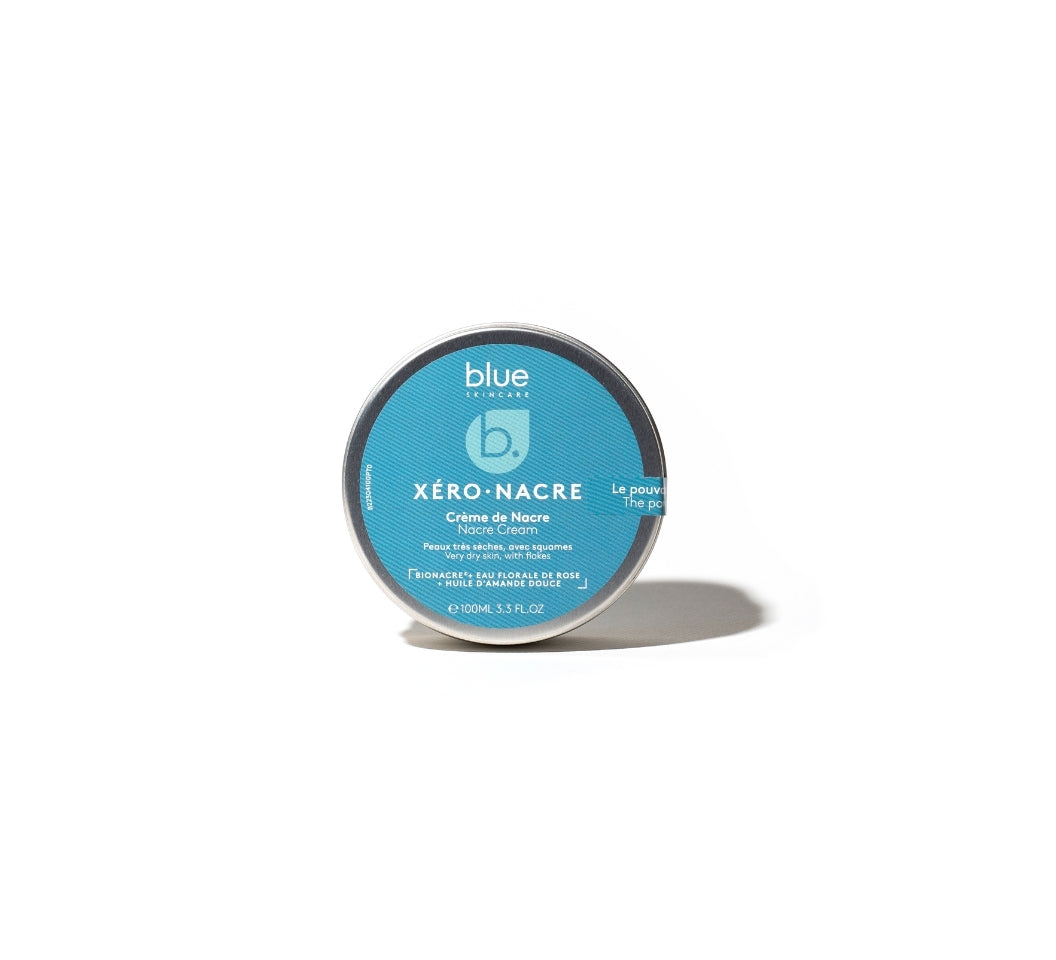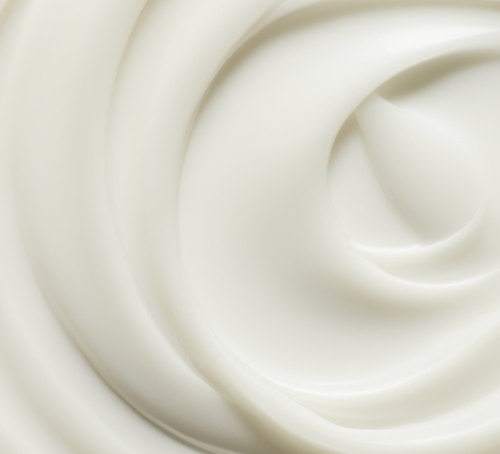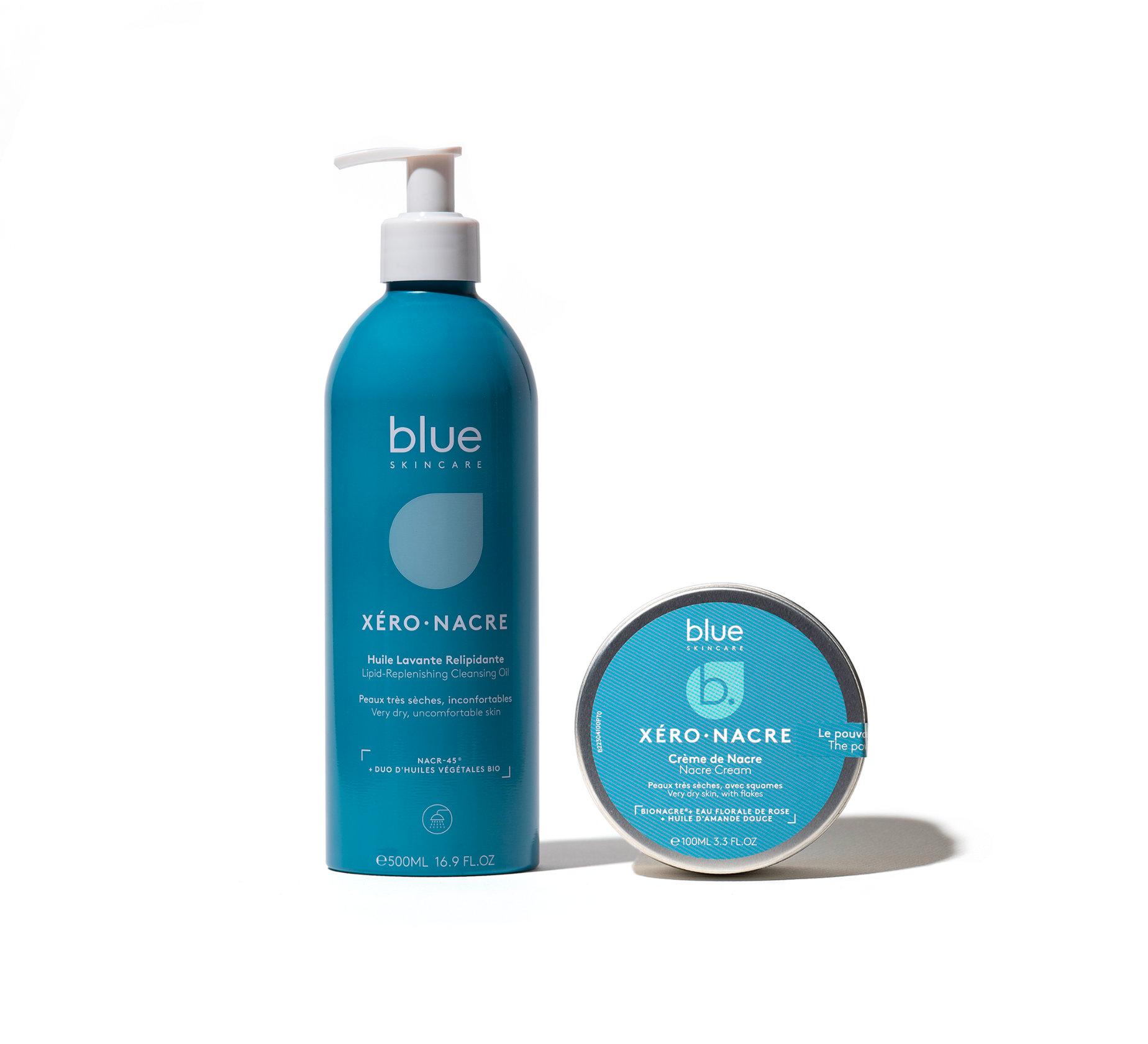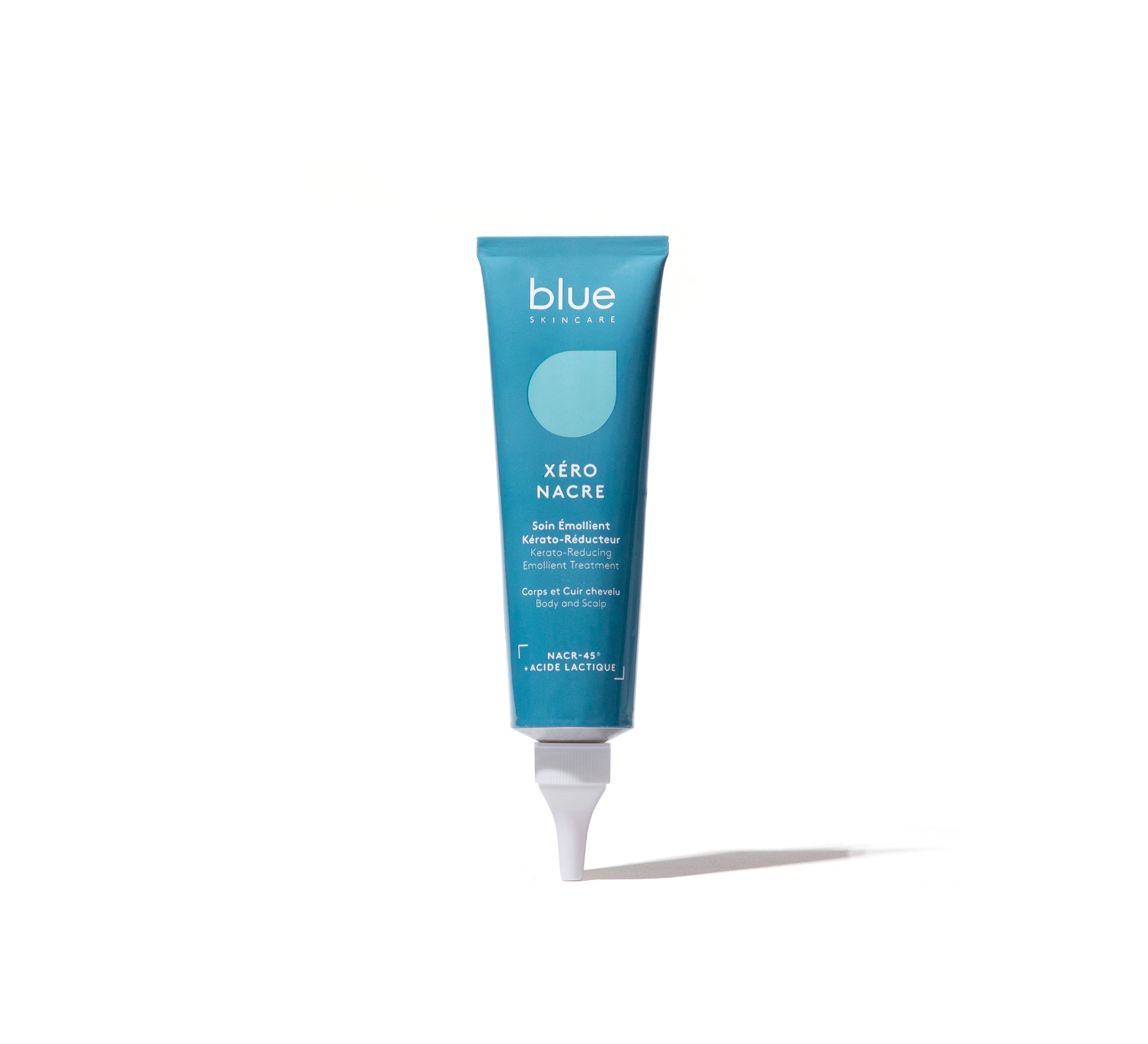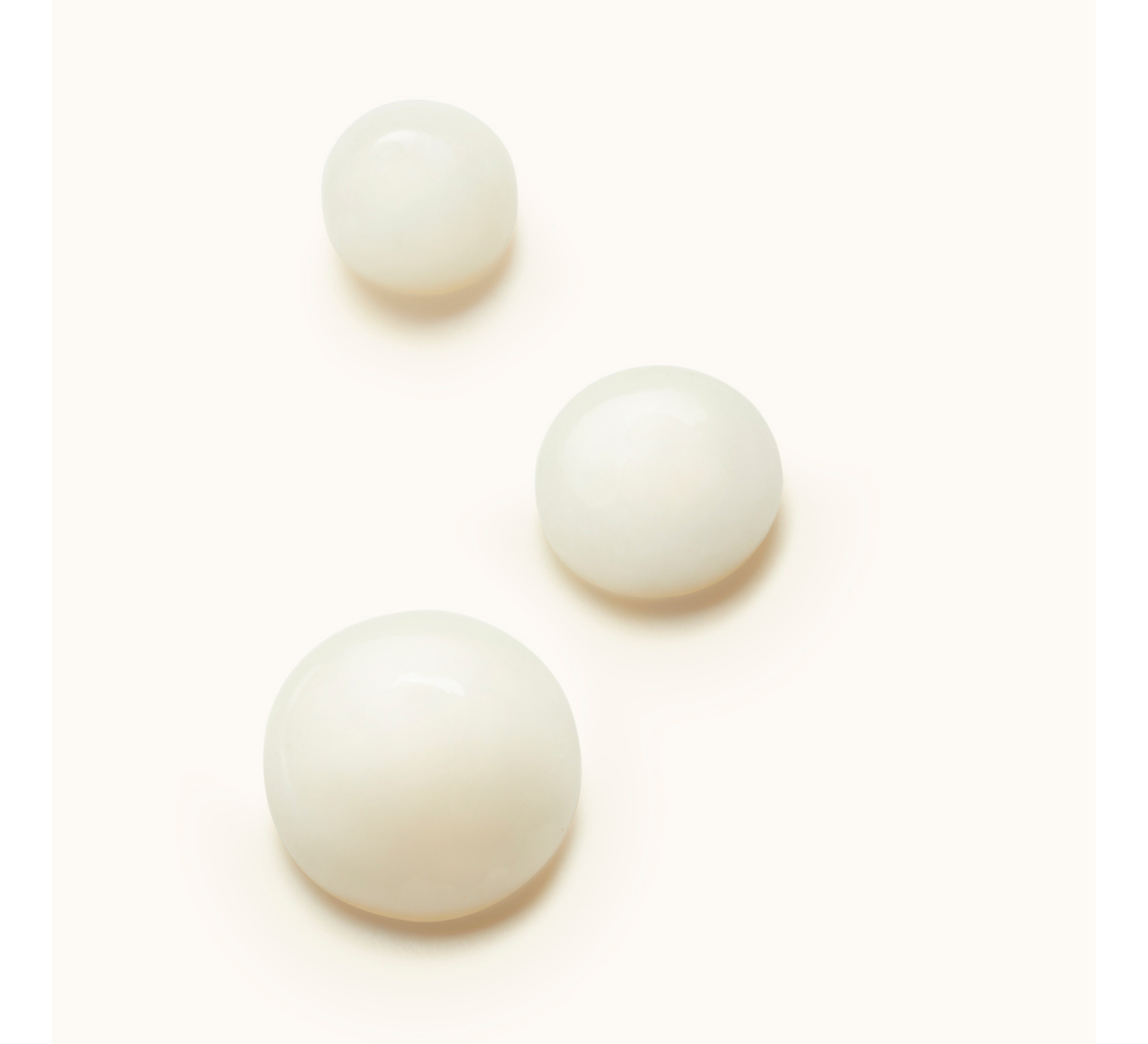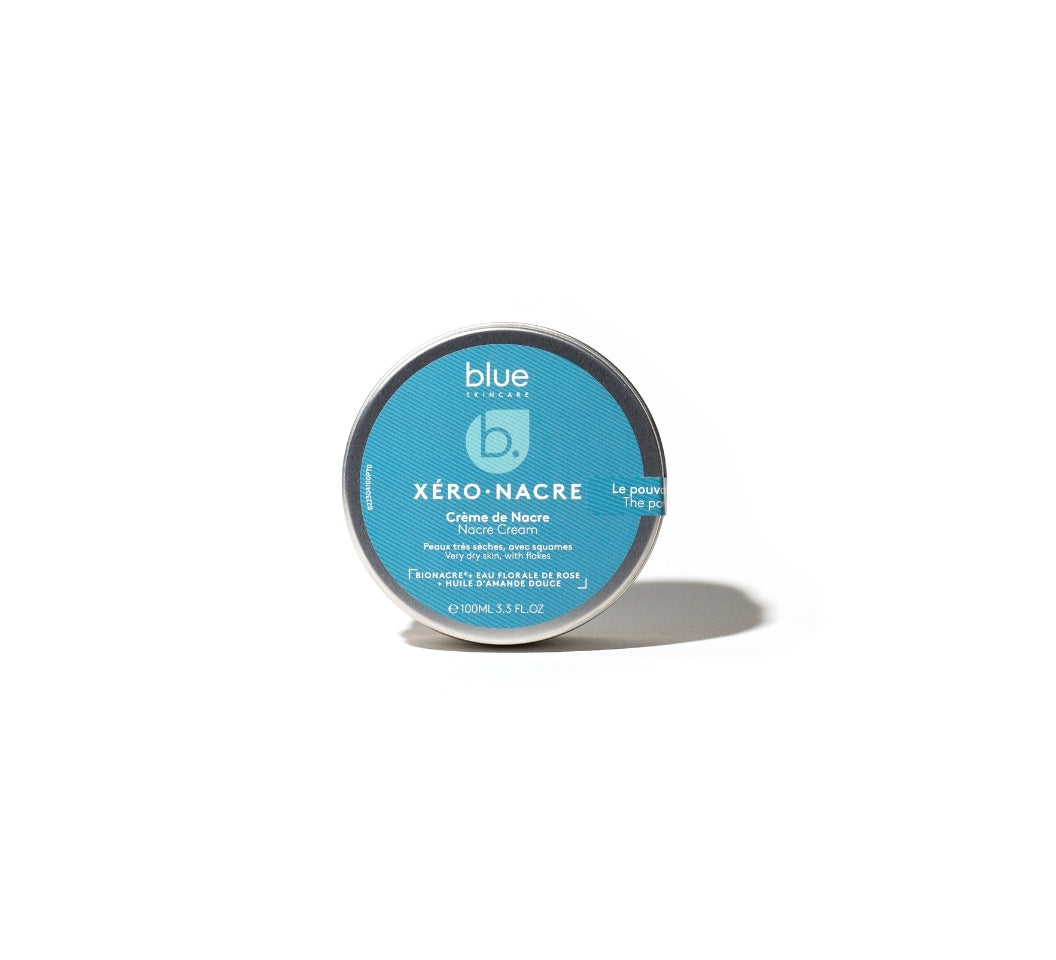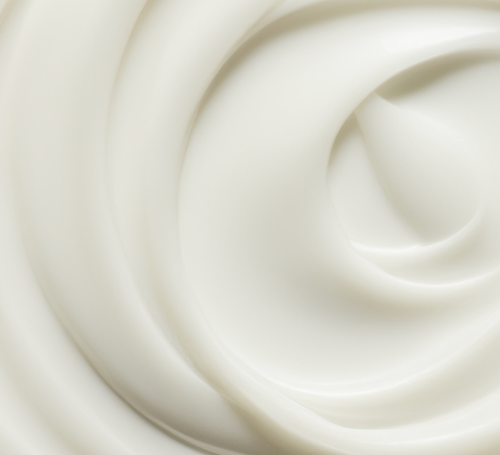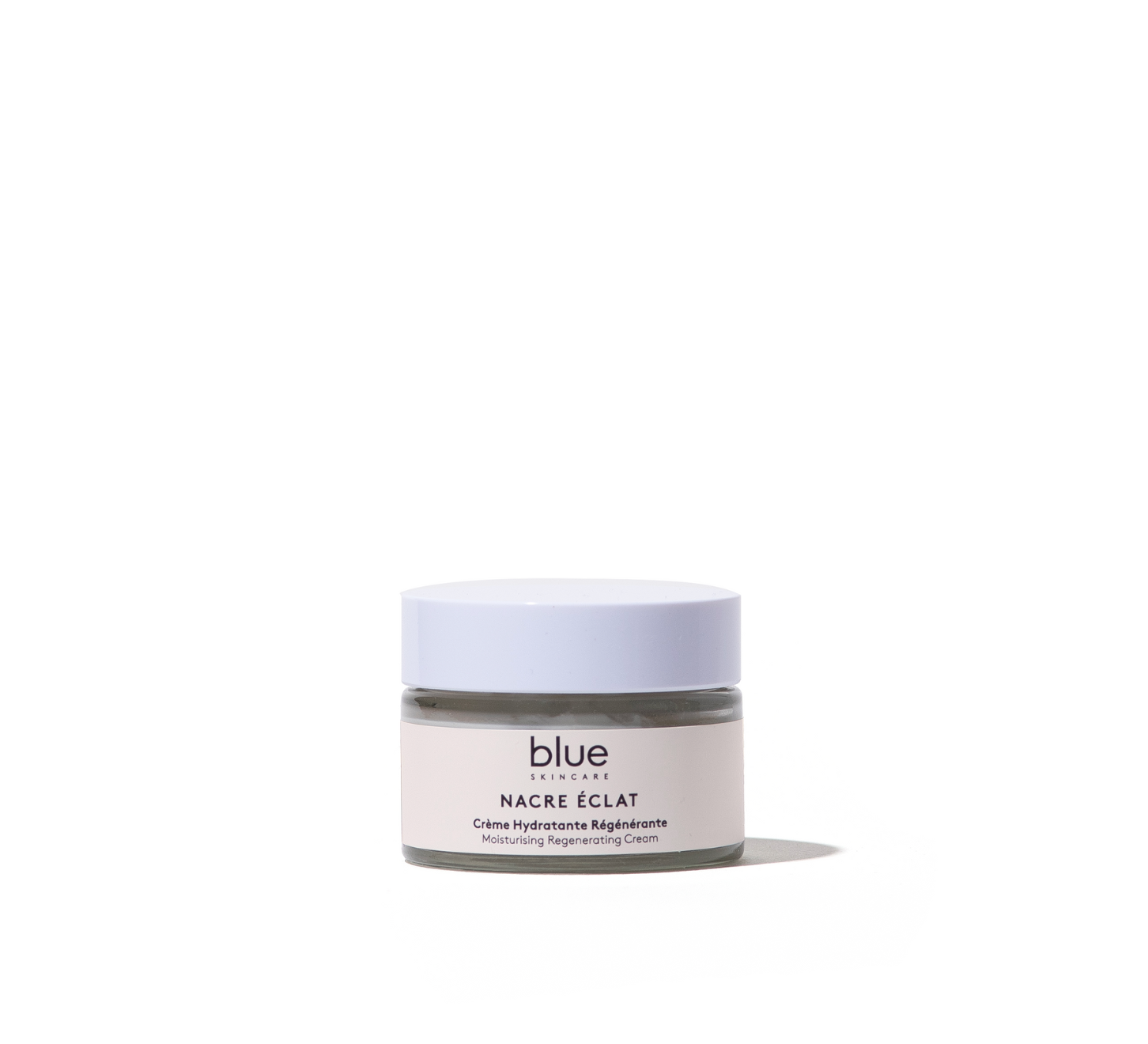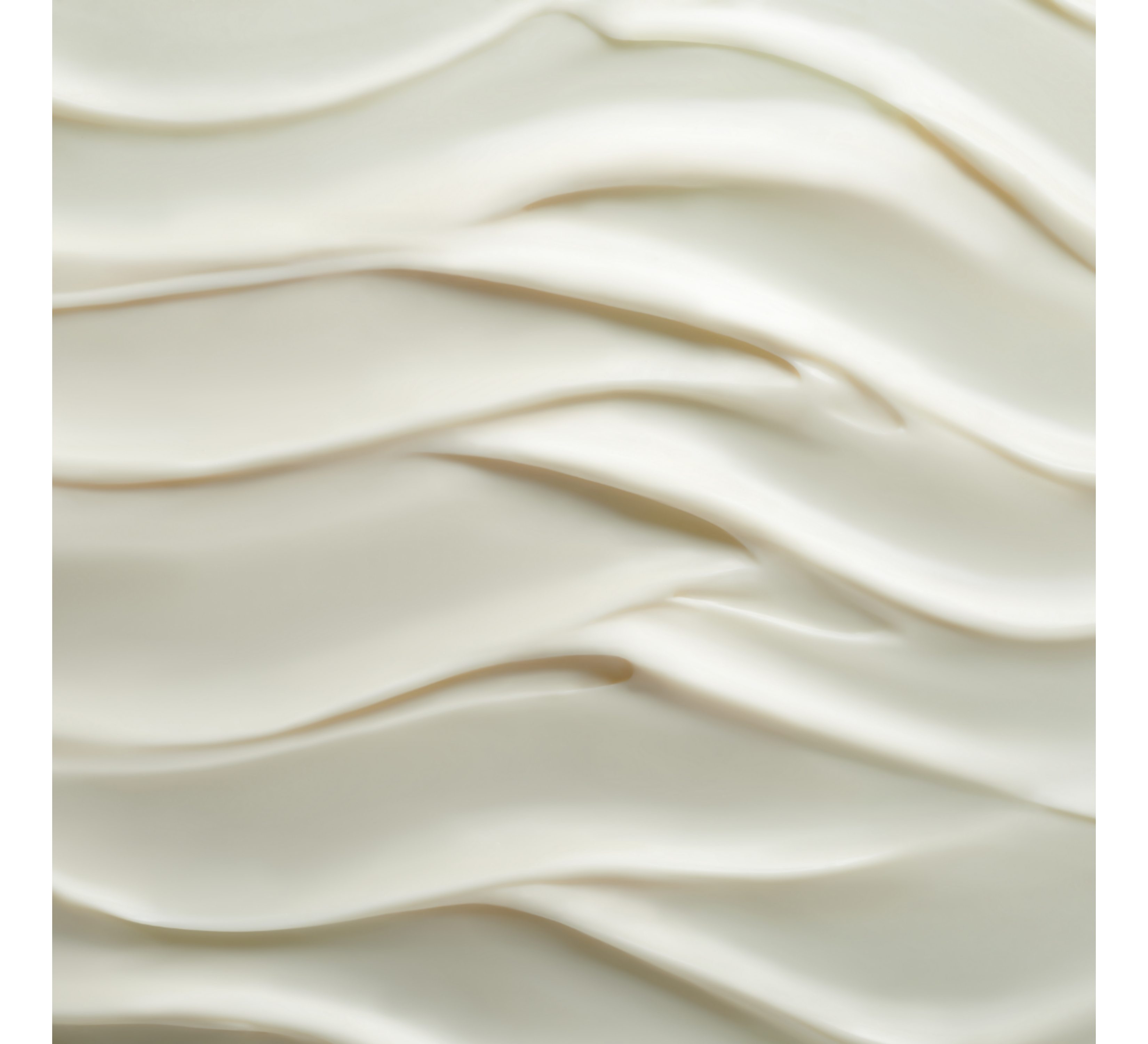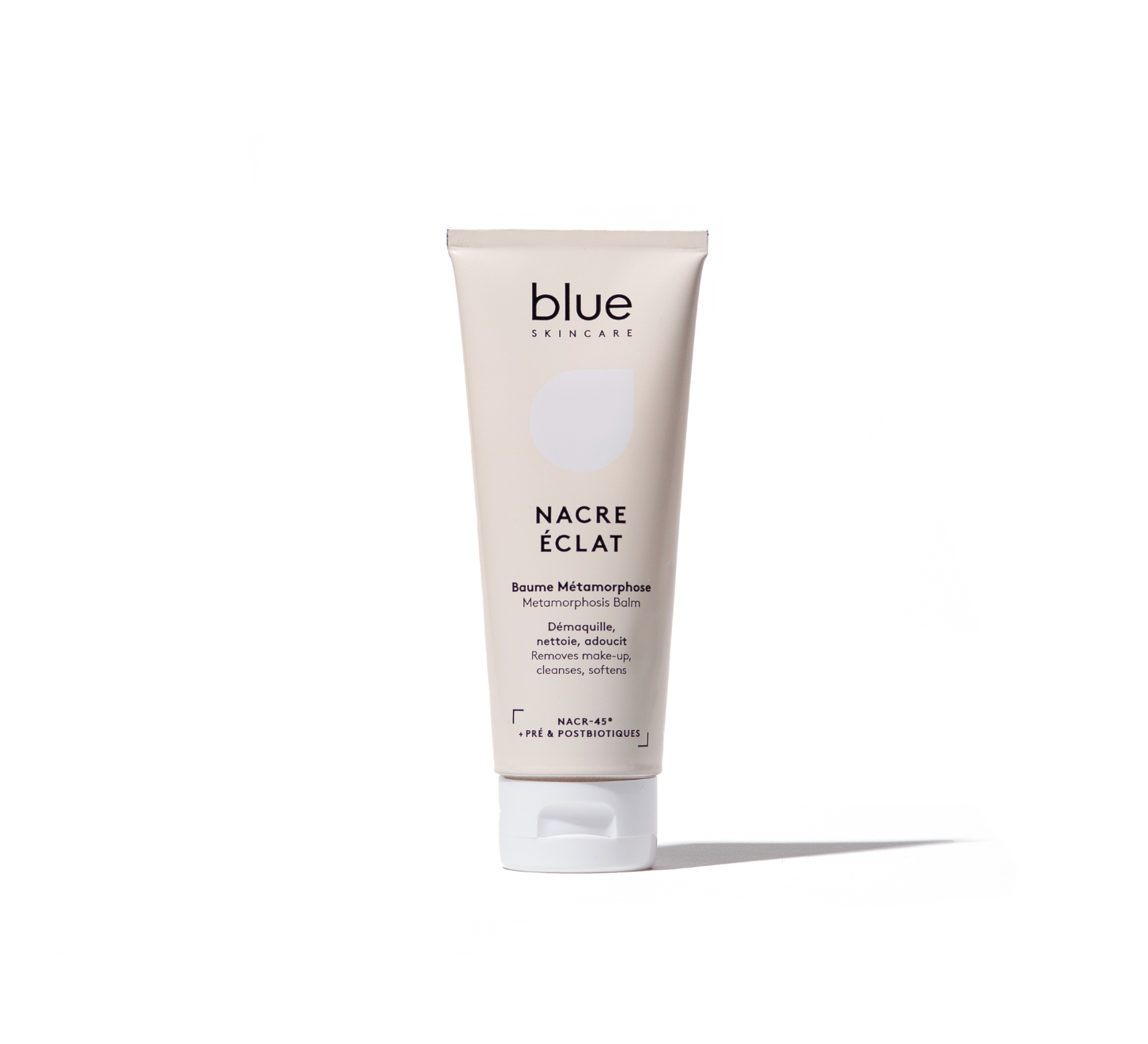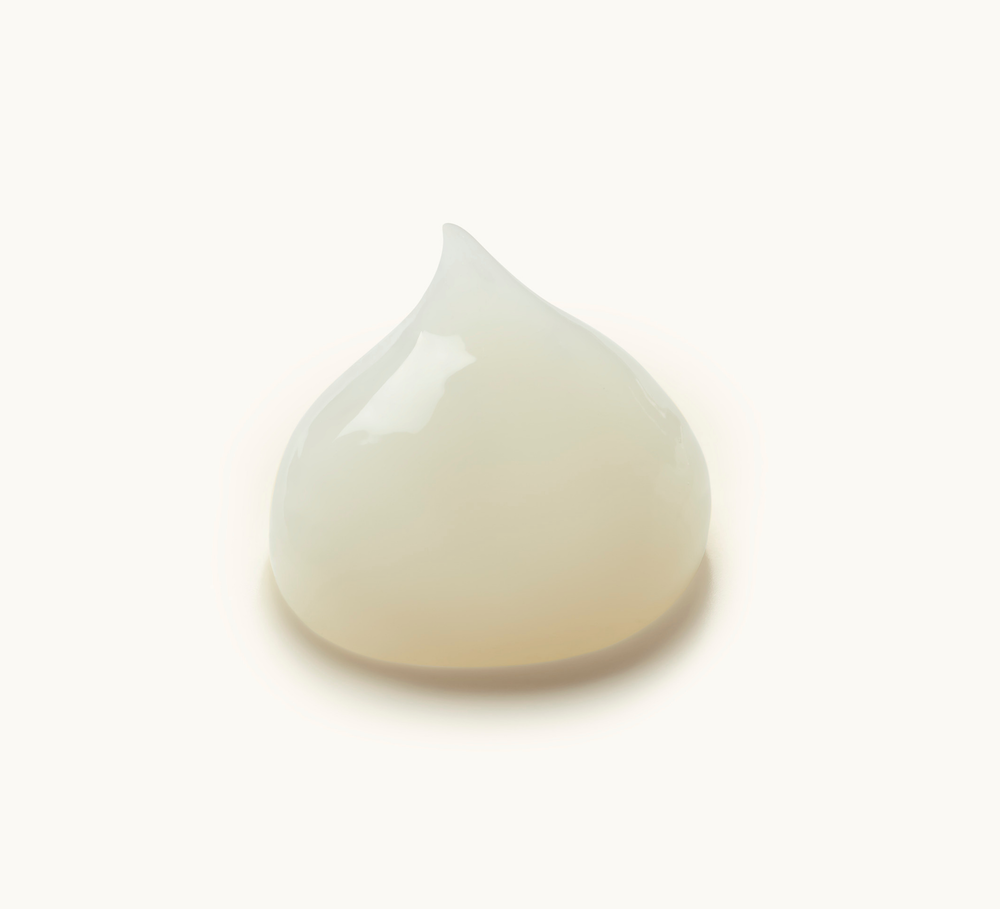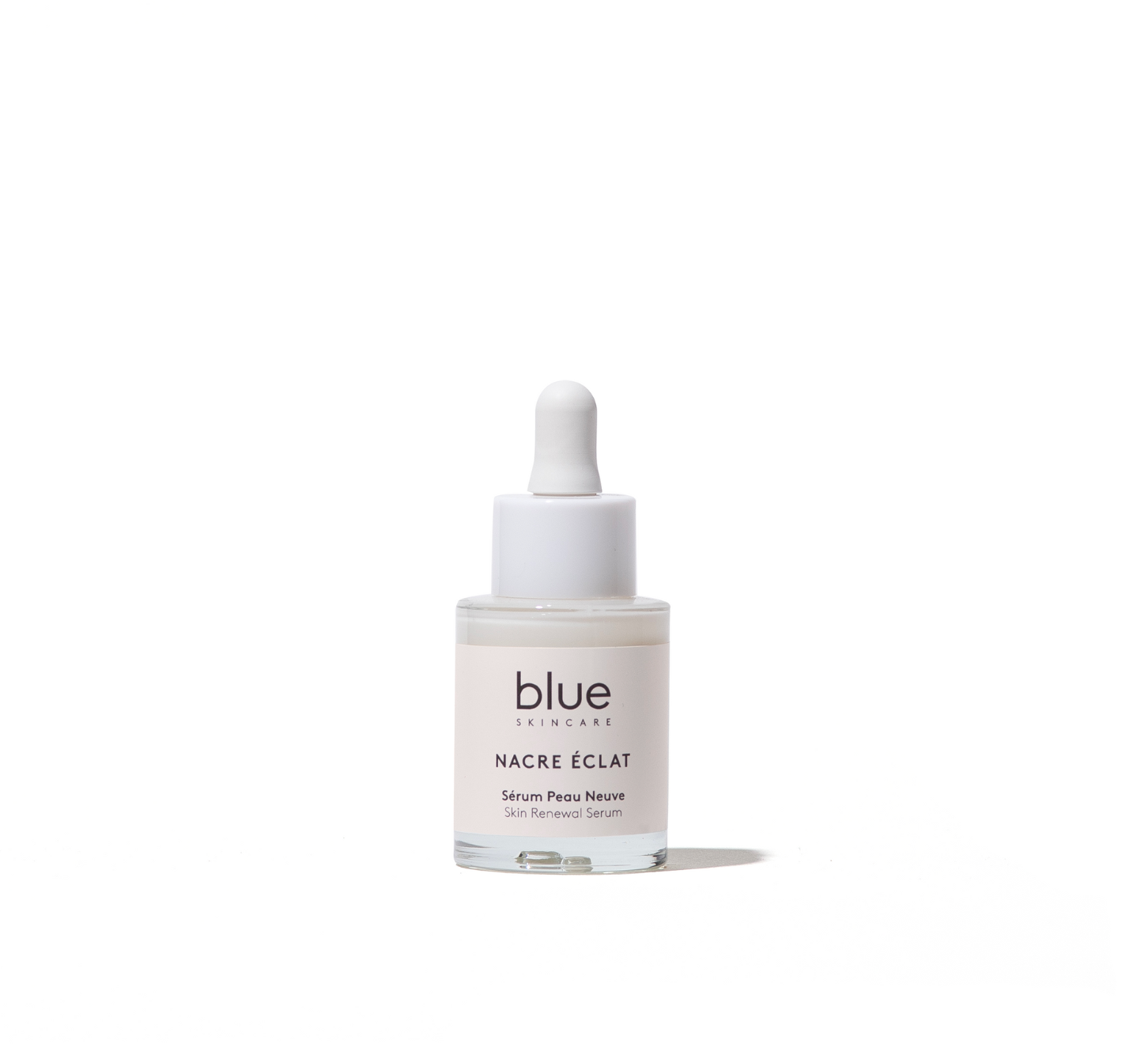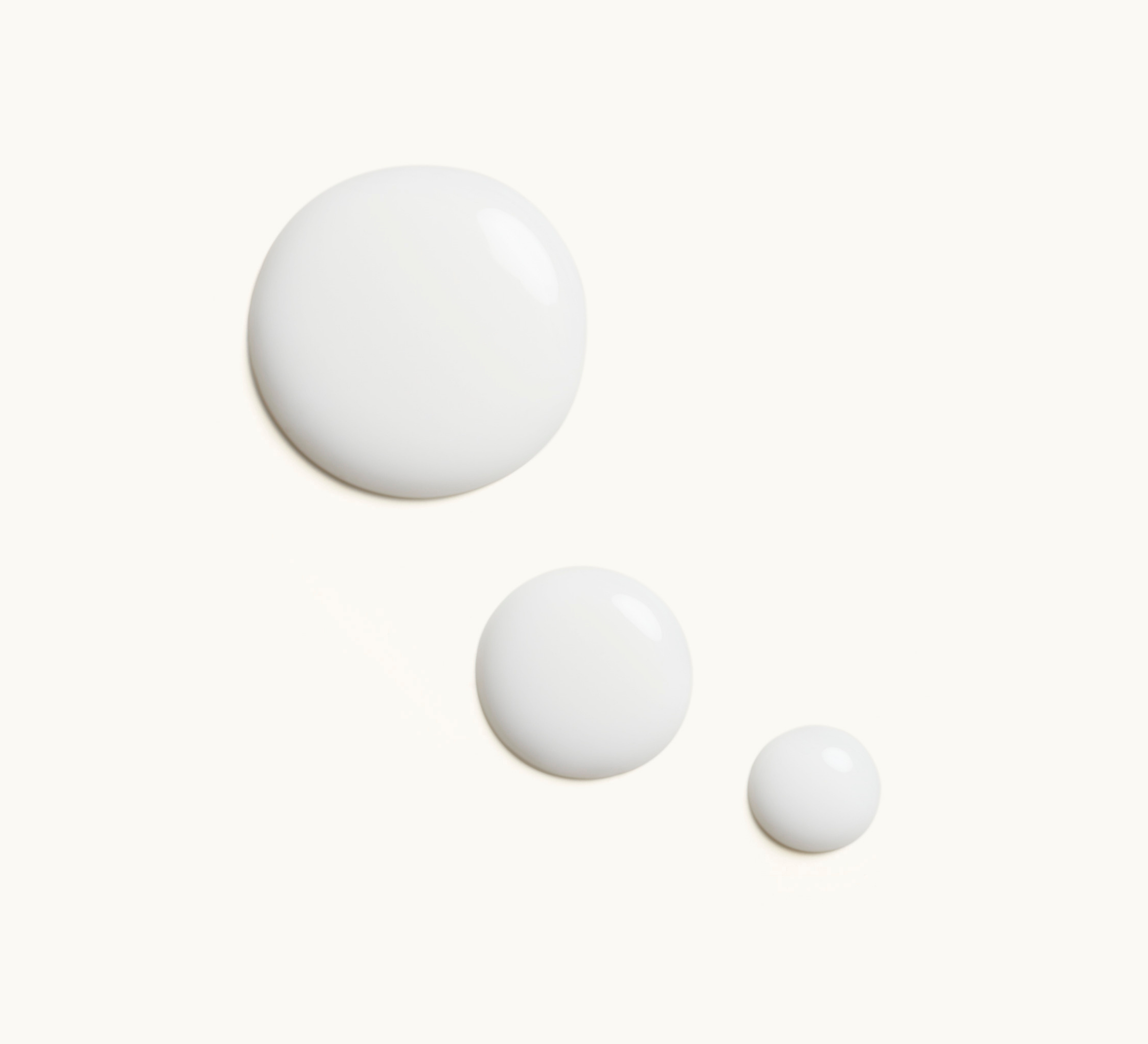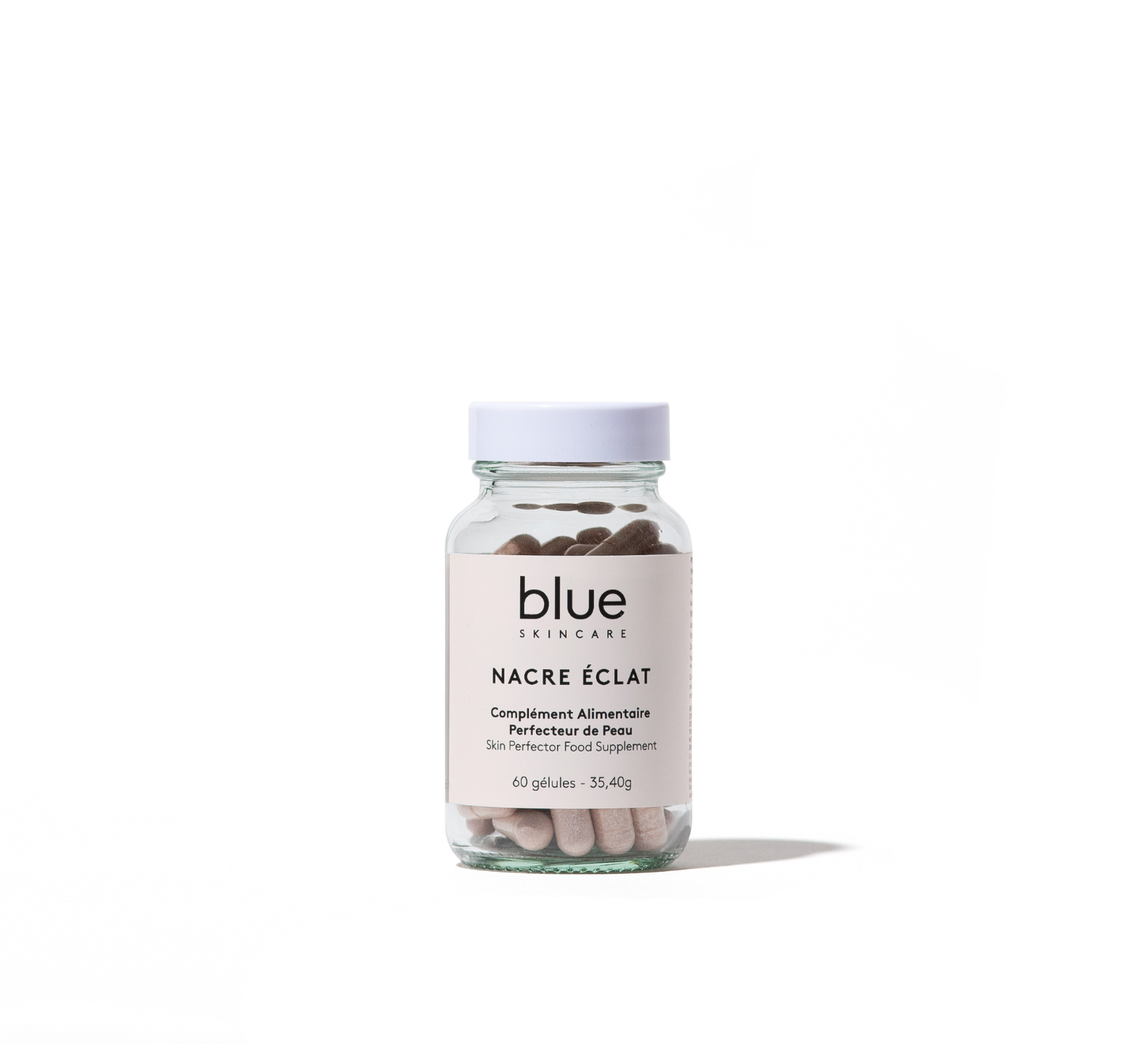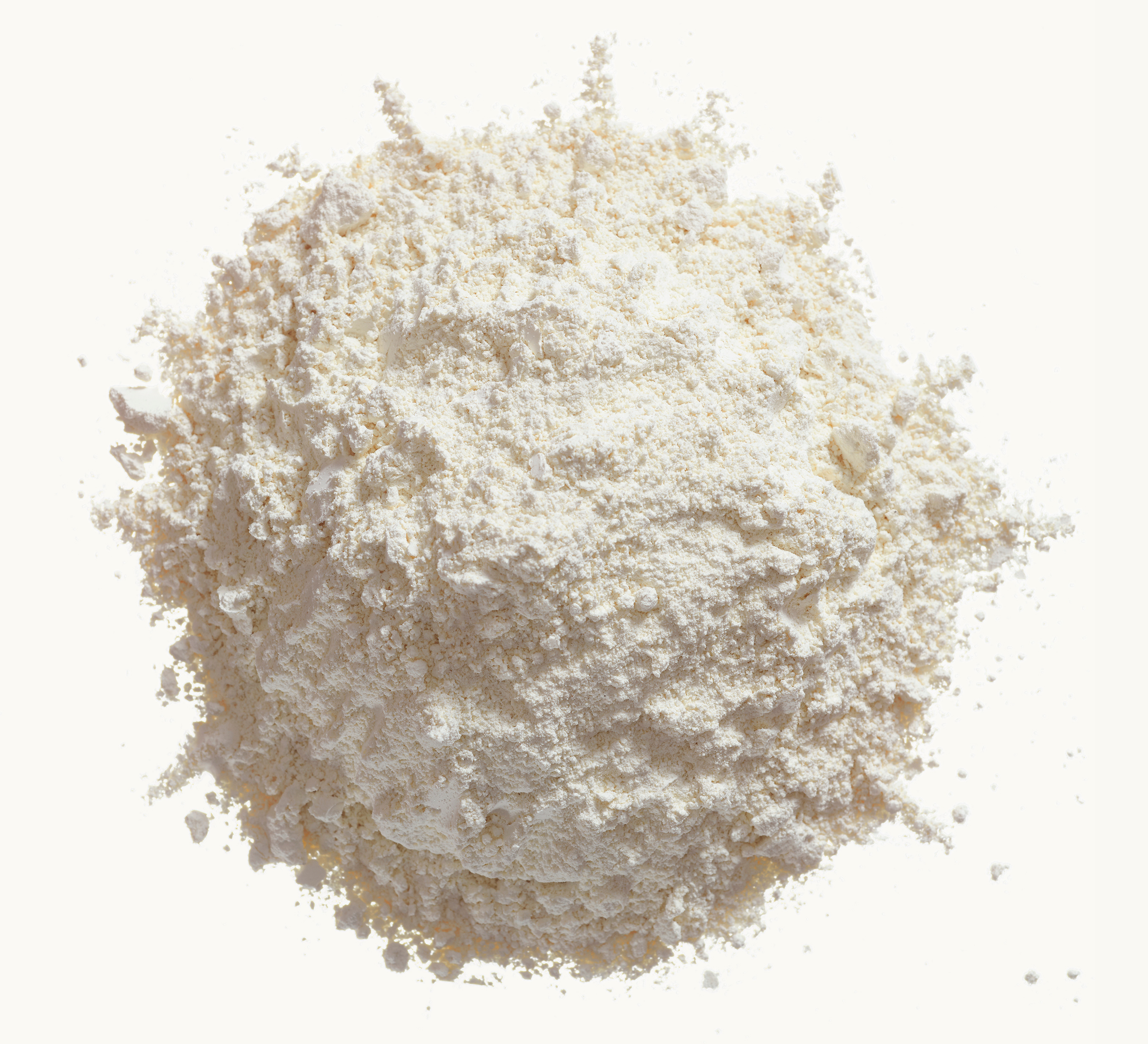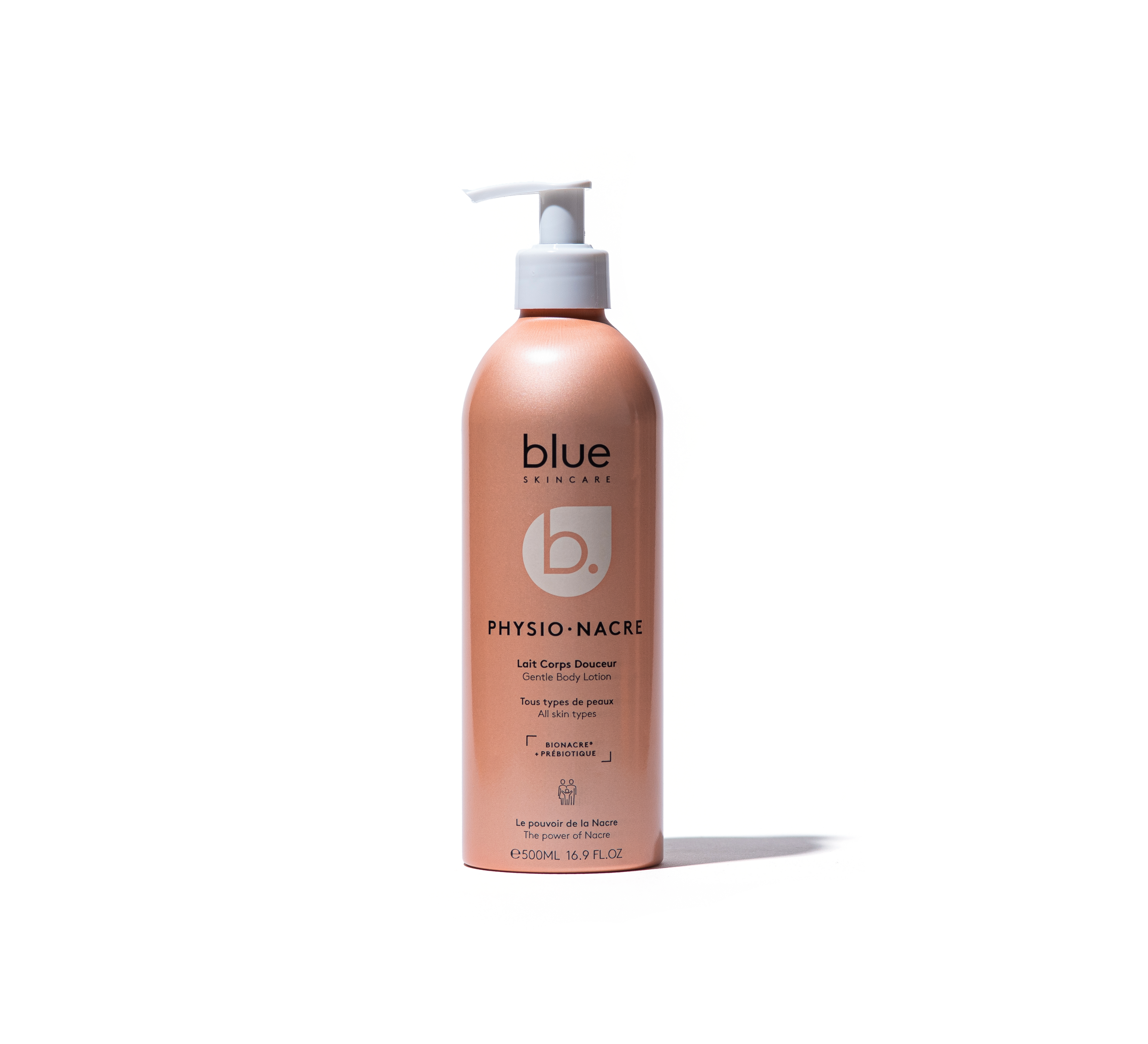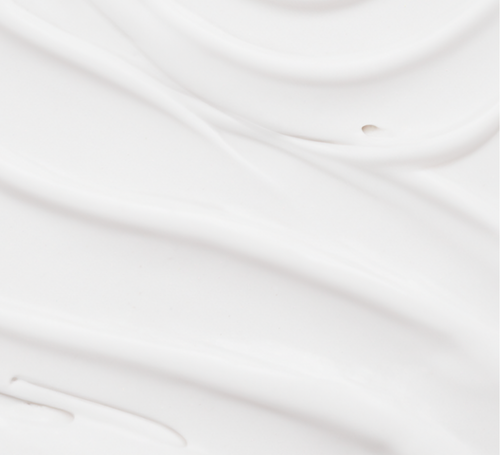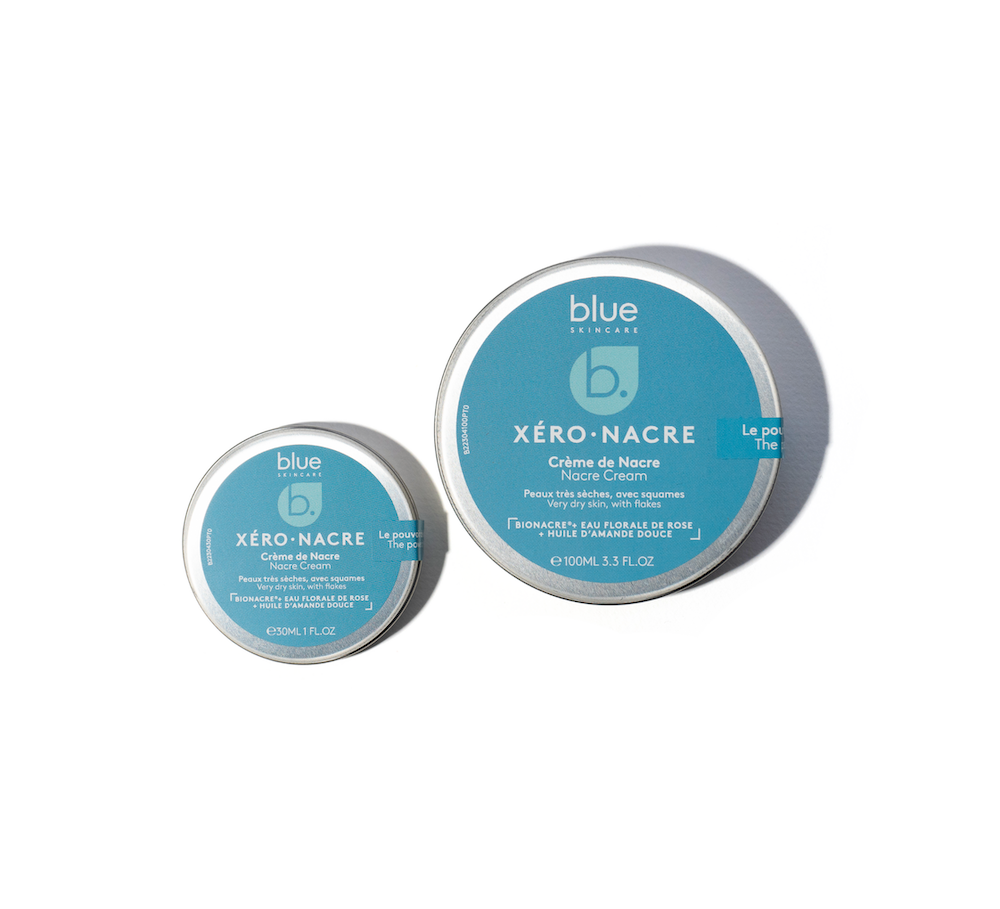Bags, belts, scarves, shawls… If we choose ethical fashion, can we adopt it even in our accessories? So, where and how to choose them?
In the bags section: Ethical bags, from vegetable-tanned leather to alternatives
Second hand, an obvious choice
The first option in terms of leather goods is obviously second-hand . And on this side, there is plenty of choice, in all possible styles and for all budgets. You can find very cheap bags in stores like Guerrisol or on the Vinted app as well as high-end leather goods and major brands in specialized consignment stores or on sites like Vestiaire Collective or Monogram Paris, as well as mid-range items.
Upcycled or vegetable leather
Another possibility, which we are seeing more and more frequently, is leather goods made from vegetable-tanned leather (and not with harmful chemicals, such as chrome, commonly used in large Asian tanneries). This is the case in nice French brands, such as Jules & Jenn, Valet de Pique, the Basque Bihotz, or the Spanish Minuit Sur Terre, which moreover have these items manufactured in Europe. In fact, many leather goods brands creating vegetable-tanned bags are the same as those making shoes in the same way. Others make bags from leather from dormant stocks, or from leather scraps.
The alternatives
As with all traditionally leather items, there are vegetable leathers, bags made from grape leather (at Maison peau neuves), mushroom, cactus, apple (Apple Skin) or pineapple (Pinatex). Less common, these bags are a few models in a collection or are the preserve of small brands.
Others have chosen cork, which can keep its natural Roots look or be treated to look like leather. This know-how is particularly widespread in Portugal where most of these bags are made.
Finally, there is even more choice for leisure bags. Thus, recycled cotton and polyester are used. The trendy brand Rive Droite makes all its bags and bum bags in recycled cotton while backpacks from brands like Sandqvist or Patagonia are in recycled polyester. And there are also bags made from scraps of truck tarpaulins or advertising tarpaulins (the famous Freitag, Oh la bâche) or boat sails (727 Sailbags, Les Voiles du large)
In the belt section



Obviously, we find the same possibilities on the side of belts and other small leather goods, from upcycled leather to alternative materials. But because of their shape, belts have called for even more inventiveness. Thus, we can find, notably at Saint Lazare or La Vie est Belt, items designed from seat belts, fire hoses, tires and other inner tubes.
In the scarves and shawls section
In this sector, the alternative to classic materials is more complicated and it is not easy to find your way around. Because scarves and shawls are, by default, made from polluting materials: wool, cotton, acrylic and silk. So, what to do?
Scarves made from certified wool or fleece
Now very widespread but still relegated to the sports section, neck warmers and scarves made from technical fleece material, made from recycled plastic, are an economical and ethical option, but not very chic.
On the other hand, there are now a few brands – with much higher prices – that manufacture organic cashmere items (Kujten) and luxury squares and scarves made from Organica Precious Fiber certified merino wool (at Amédée), the first international label for Merino wool, ecologically and socially responsible, and respectful of animal welfare (you can even find out the identity of the sheep from which the product's wool originates by scanning the QR code). Organic Basics has chosen recycled Merino wool for scarves that are ethically and environmentally friendly manufactured in Europe.
Scarves, a real headache
When it comes to scarves, it is even more difficult to find a completely virtuous product.
There are a few scarves made from organic or recycled cotton, but you have to look carefully.
And when it comes to silk, it's even more complicated.
The raw material comes 90% from Asia. China is also the world's leading supplier of raw silk, where silkworm farms (mulberry silkworms) most often use pesticides and fertilizers and where the worms are often suffocated and boiled to recover their precious thread. Of course, there is eco-sourced silk, certified GOTS (Global Organic Textile Standard), from the Sichuan province, a protected area east of the Himalayas. A few descendants of Lyon silk workers are gradually trying to reintroduce sericulture in France (which disappeared at the beginning of the 20th century following a series of epizootics), particularly in the Cévennes.
But when it comes to scarf production, India is world-renowned for its weaving techniques and print expertise, so much of the manufacturing is done there, in conditions rarely showcased even by the finest brands.
All that remains is to turn to small brands that produce in limited series with local artisans, particularly in Laos, or to choose linen or lyocell scarves, which are more ecological.
In any case, to make the right choice, you have to read the labels, find out about the brands' websites or Instagram accounts, paying attention not only to the origin of the materials, but also to the place and conditions of manufacture.
